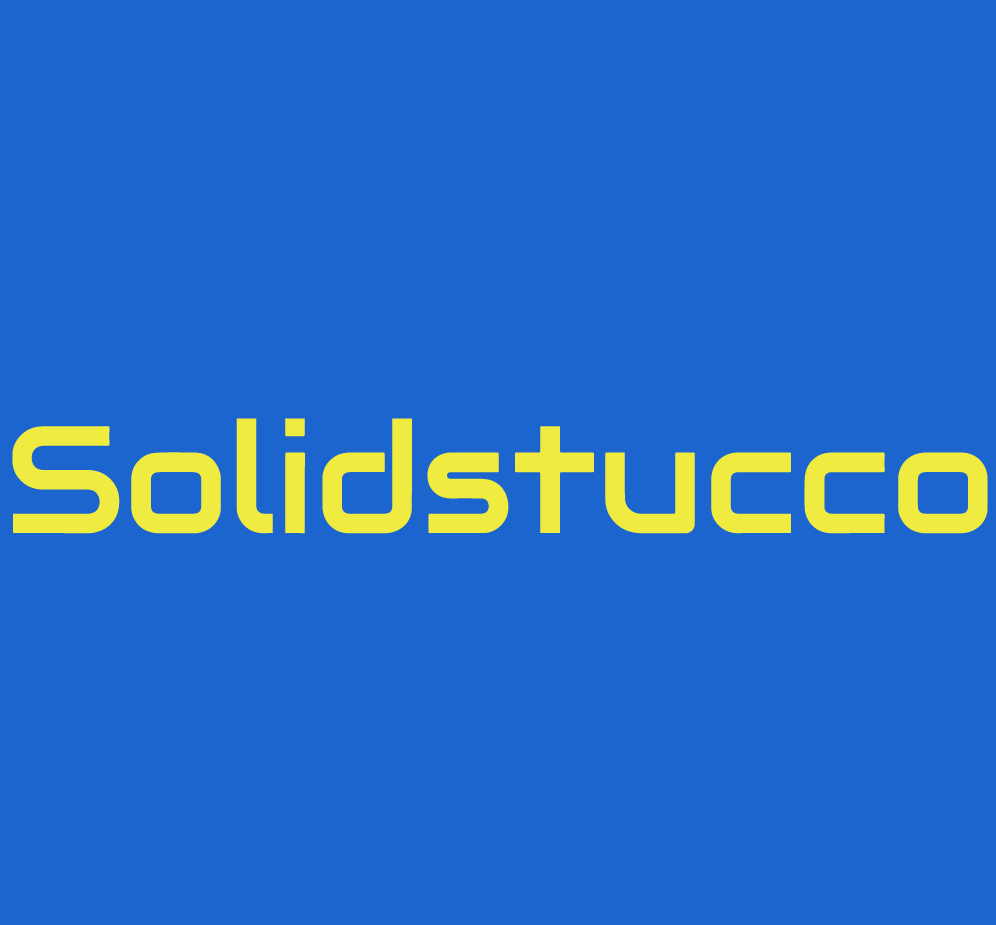Long-Lasting Stucco Substrate Damage Repairs
A stucco substrate refers to the underlying surface or material to which stucco is applied. It serves as the base or foundation for the stucco finish. The quality and condition of the substrate are crucial to the longevity and performance of the stucco system. Common stucco substrates include wood framing, plywood, OSB (oriented strand board), masonry, concrete, and foam insulation boards.
Common Causes of Stucco Substrate Damage:
Moisture Intrusion: Water infiltration through gaps, cracks, or poorly sealed penetrations can damage the substrate. This can lead to wood rot, decay, or the deterioration of other materials.
Settlement: As a building settles over time, it can cause stress on the substrate, potentially leading to cracks and damage.
Inadequate Fastening:
If the stucco is not properly fastened to the substrate or if the fasteners become loose over time, it can result in bulging or separations.
Termites and Pests: In some regions, termites and other pests can infest wood substrates, causing structural damage that can affect the stucco.
How to Protect a Stucco Substrate
Proper Installation: Ensure that the stucco is applied correctly by experienced professionals. Proper installation includes appropriate preparation of the substrate, adequate fastening, and the use of the right materials, such as waterproofing, vapor barriers, and breathable building paper.
Flashing and Moisture Barriers: Install flashing and moisture barriers around windows, doors, and other penetrations to prevent water intrusion. This helps protect the substrate from moisture-related damage.
Quality Sealant and Caulking: Use high-quality sealant and caulking around joints, seams, and penetrations to prevent water from seeping into the substrate.
Regular Inspections: Conduct regular inspections of the stucco exterior to check for any signs of damage, such as cracks or bulging. Promptly address any issues to prevent further damage to the substrate.
Moisture Management: Ensure proper moisture management and drainage systems around your property to prevent water pooling near the stucco, which can lead to substrate damage.
Termite Protection: If you live in an area prone to termite infestations, consider implementing termite protection measures for the substrate, such as treated wood or regular inspections by pest control professionals.
Maintain and Repair: Keep up with stucco maintenance, including resealing and repainting as needed. Repair any cracks or damage promptly to prevent moisture from reaching the substrate.
Choose Durable Materials: When renovating or building, select durable and moisture-resistant substrate materials that are suitable for the local climate.
Consult Solidstucco:
If you suspect substrate damage or are unsure about the condition of your stucco system, consult with us or qualified stucco inspectors. We can assess the situation and recommend appropriate repairs or improvements.
Protecting the stucco substrate is essential for the overall longevity and integrity of your stucco exterior. Regular maintenance and addressing issues promptly are key to ensuring the substrate remains in good condition and that your stucco system continues to perform effectively.




